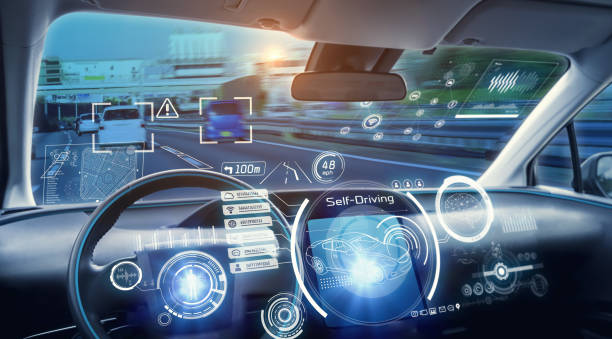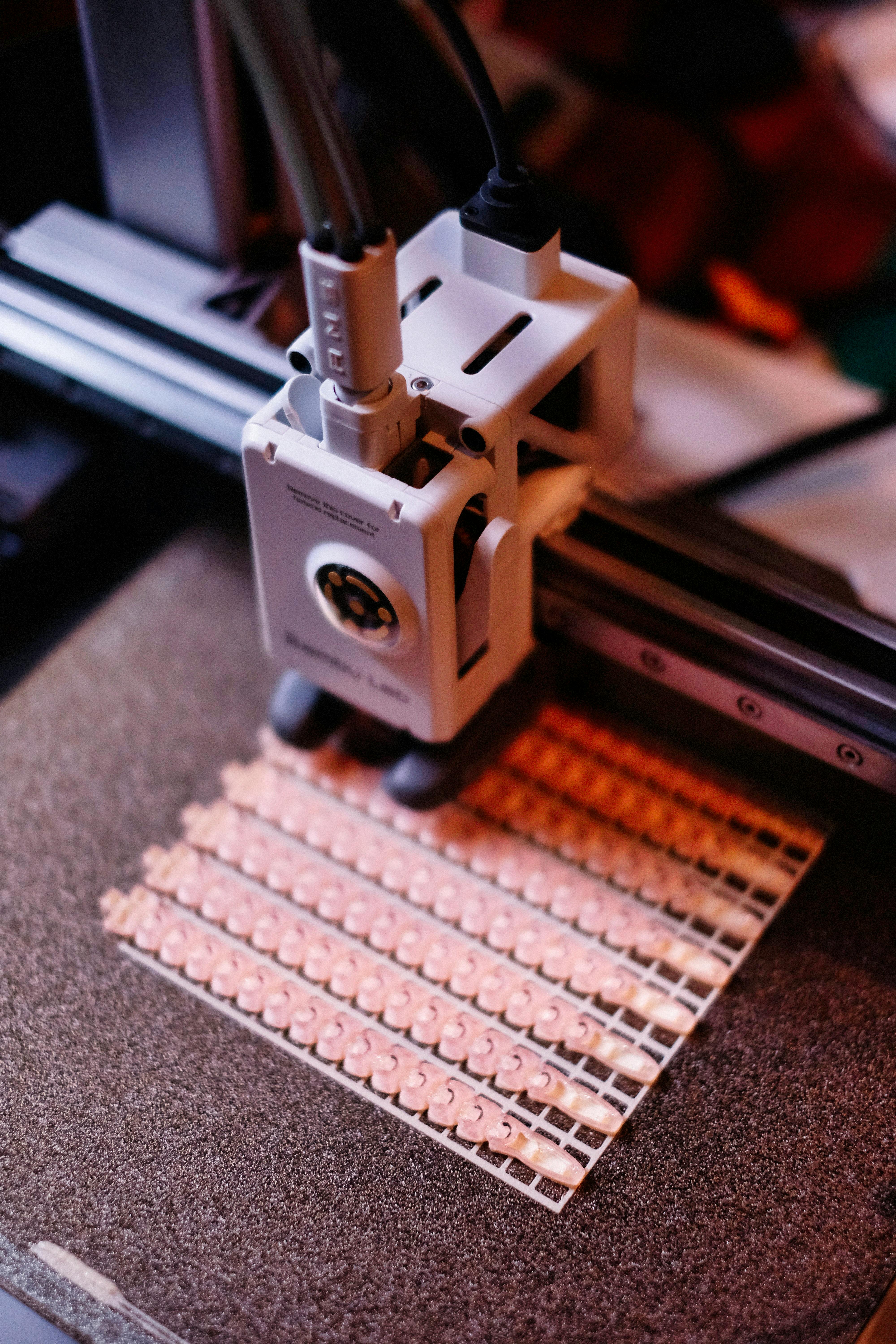Holographic Dashboards: The Future of Driver Information
Imagine sliding into the driver's seat of your car, but instead of a traditional instrument cluster, you're greeted by a vibrant, three-dimensional display floating in mid-air. This isn't science fiction; it's the cutting-edge world of holographic dashboards. As automotive technology continues to evolve at breakneck speed, these futuristic interfaces are poised to revolutionize how we interact with our vehicles, offering unprecedented levels of customization, safety, and driver engagement.

The journey to holographic dashboards began with the introduction of head-up displays (HUDs) in high-end vehicles. These systems projected basic information like speed and navigation directions onto the windshield, allowing drivers to keep their eyes on the road. Holographic technology takes this concept to the next level, offering a fully immersive and interactive experience that can display a wealth of information without cluttering the driver’s view.
How Holographic Dashboards Work
At the heart of holographic dashboard technology lies a complex interplay of lasers, mirrors, and advanced software algorithms. The system uses a combination of spatial light modulators and precisely controlled laser beams to create interference patterns that, when viewed by the human eye, appear as three-dimensional objects floating in space.
One of the key challenges in developing holographic dashboards for automotive use has been creating displays that are visible in varying light conditions. Engineers have overcome this hurdle by employing adaptive brightness control and specialized coatings on windshields and other surfaces to enhance visibility without compromising safety.
Enhanced Safety Through Intuitive Information Display
Safety is paramount in automotive design, and holographic dashboards offer significant advantages in this realm. By presenting critical information in a more intuitive, three-dimensional format, these systems can reduce the cognitive load on drivers, allowing them to process information more quickly and efficiently.
For example, navigation instructions can be displayed as floating arrows that appear to hover over the actual road, making it easier for drivers to understand where to turn without taking their eyes off their surroundings. Similarly, warning signals can be presented in a way that immediately captures the driver’s attention without being overly distracting.
Customization and Personalization
One of the most exciting aspects of holographic dashboards is the level of customization they offer. Drivers can potentially tailor their display to show only the information they deem most relevant, arranging it in a way that suits their personal preferences. This could include everything from traditional metrics like speed and fuel levels to more advanced data such as real-time traffic updates, vehicle diagnostics, and even social media notifications (when the vehicle is stationary, of course).
Moreover, the ability to switch between different display modes – such as a minimalist view for highway driving or a more detailed layout for city navigation – allows for a truly adaptive interface that can change based on driving conditions and user needs.
Integration with Advanced Driver Assistance Systems
As vehicles become increasingly sophisticated, holographic dashboards are poised to play a crucial role in integrating advanced driver assistance systems (ADAS) with the human operator. By providing a more immersive and intuitive way to present information from sensors, cameras, and other ADAS components, these displays can help bridge the gap between human perception and machine intelligence.
For instance, obstacle detection systems could project holographic markers around potential hazards, making them more noticeable to the driver. Lane departure warnings could be visualized as three-dimensional barriers, providing a more visceral and immediate sense of the vehicle’s position on the road.
Challenges and Future Developments
While the potential of holographic dashboards is immense, several challenges must be overcome before they become mainstream. Cost remains a significant factor, as the technology required to produce high-quality holographic images is still relatively expensive. There are also concerns about the potential for visual clutter and driver distraction if not implemented thoughtfully.
Researchers and automotive companies are actively working to address these issues. Advancements in micro-LED technology and improvements in holographic projection techniques promise to reduce costs and increase image quality. Additionally, ongoing studies in human-machine interaction are helping to refine the design of holographic interfaces to ensure they enhance, rather than hinder, the driving experience.
The Road Ahead for Holographic Dashboards
As we look to the future, it’s clear that holographic dashboards will play an increasingly important role in the automotive landscape. Their ability to present complex information in an intuitive, three-dimensional format aligns perfectly with the trend towards more connected, intelligent vehicles.
We can expect to see holographic technology expanding beyond the dashboard, potentially integrating with smart windows and other surfaces to create a truly immersive driving environment. As augmented reality (AR) technology continues to advance, we may even see holographic displays that can overlay information directly onto the real world, further blurring the line between digital interfaces and physical reality.
The journey towards widespread adoption of holographic dashboards is just beginning, but the potential for this technology to transform the driving experience is undeniable. As automakers continue to push the boundaries of what’s possible, we can look forward to a future where our vehicles not only transport us but also provide us with an unprecedented level of information, safety, and personalization through the magic of holographic displays.





